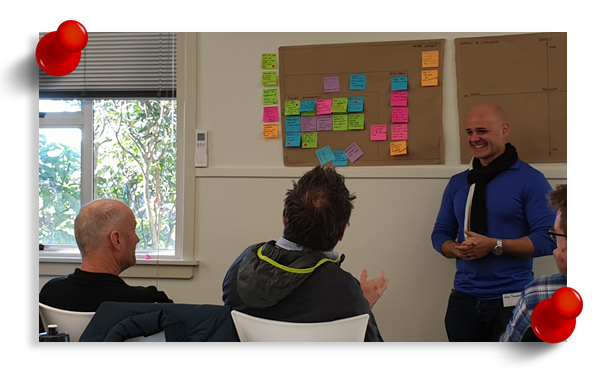
This African proverb speaks to the insight that if we seek long-term, sustained impacts in an increasingly dynamic world then, rather than attempting to go it alone, collaborative approaches are far more likely to deliver positive outcomes that have impact.
Albert Einstein is attributed with articulating this wisdom:
“We cannot solve our problems with the same thinking we used when we created them.”
Management guru Peter Drucker stated:
“The greatest danger in times of turbulence is not the turbulence — it is to act with yesterday’s logic.”
Both quotes speak to the idea that in a world of accelerating change and dynamic complex adaptive systems, a more sophisticated approach to teamwork, problem-solving and innovation is needed.

Co-design is not for the faint-hearted – it requires a commitment to a different way of doing business. Co-design changes the ‘rules of the game’, and may even trigger you to ‘change your game’. Once you commit, your organisation may never be the same again!

1. Leadership commitment
2. Financial resources
3. A realistic timeframe
4. Organisational capacity
5. Diverse, knowledgeable, and experienced participants
6. Clear values, rules of engagement, and out expectations
7. Power sharing
8. Skilled facilitation
9. A well-designed process
Co-design works across a range of organisational contexts – from commercial ventures to not-for-profit agencies, from crown research institutes to local government.


What we don’t offer is a cookie-cut solution to co-design. Each organisation and each innovation challenge is unique. Our first step is to explore your needs and then ‘co-design your co-design’ – identifying an approach that fits with your culture, values, and innovation challenge.
It is often said that talk is easy … so, as a first step, let’s talk.